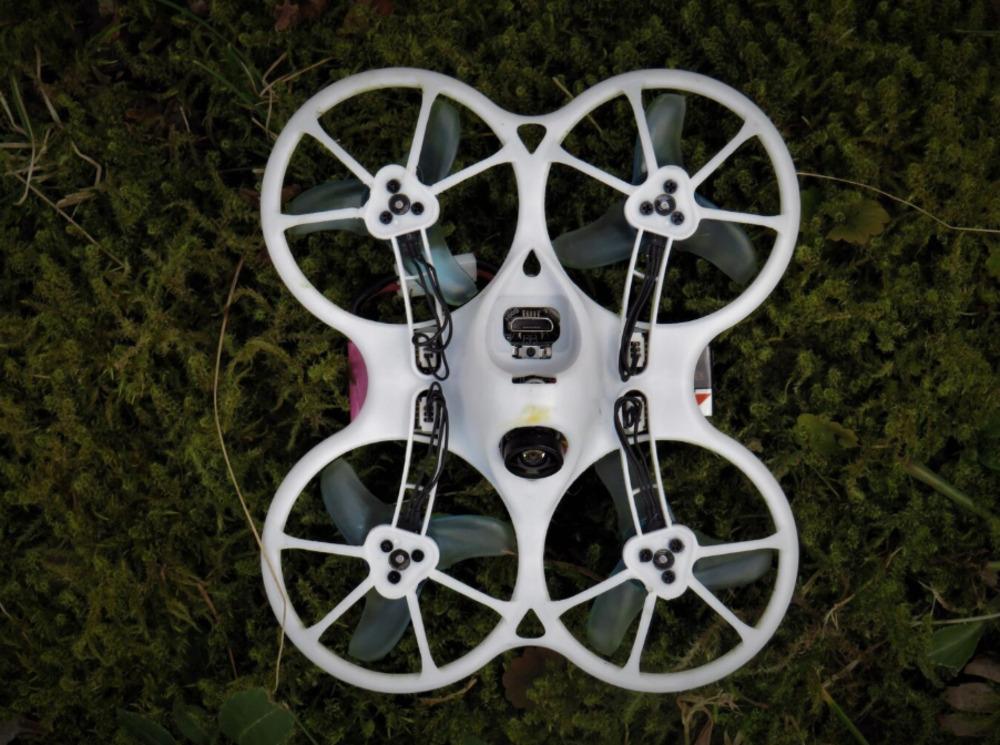Imagine a world where traffic jams are a thing of the past, and your daily commute involves soaring above the city skyline in a flying car. ? The concept of flying cars and electric Vertical Take-Off and Landing (eVTOL) vehicles has captured the imagination of many, and with advancements in technology, this dream is closer to reality than ever before. But when will these futuristic vehicles become mainstream? Let’s dive into the current state of flying cars and eVTOLs, explore the statistics, and analyze the factors that will determine their widespread adoption.

The Current Landscape of eVTOLs
As of 2023, the eVTOL market is experiencing rapid growth. According to a report by Morgan Stanley, the global eVTOL market is projected to reach $1.5 trillion by 2040. This growth is driven by increasing urbanization, the need for efficient transportation solutions, and advancements in battery technology.
Key Statistics
- Market Growth: The eVTOL market is expected to grow at a CAGR (Compound Annual Growth Rate) of 20% from 2023 to 2040.
- Investment Surge: Over $5 billion has been invested in eVTOL startups since 2015, with major players like Joby Aviation, Archer, and Volocopter leading the charge.
- Regulatory Progress: The FAA (Federal Aviation Administration) is actively working on regulations for eVTOL operations, with the first commercial flights expected as early as 2025.
eVTOL Market Growth Projections
| Year | Market Size (in Billion $) | CAGR (%) |
|---|---|---|
| 2023 | 0.5 | - |
| 2025 | 1.0 | 25% |
| 2030 | 5.0 | 30% |
| 2040 | 1,500 | 20% |
Challenges to Overcome
Despite the promising outlook, several challenges must be addressed before flying cars become a common sight in our skies.
-
Regulatory Hurdles: The aviation industry is heavily regulated, and eVTOLs will need to meet stringent safety standards. The FAA and EASA (European Union Aviation Safety Agency) are working on frameworks, but it will take time to finalize regulations.
-
Infrastructure Development: Urban areas will need to develop vertiports—designated landing and take-off zones for eVTOLs. This requires significant investment and planning, especially in densely populated cities.
-
Public Acceptance: While the idea of flying cars is exciting, public perception plays a crucial role in adoption. Safety concerns and noise pollution are significant factors that need to be addressed.
Public Perception of eVTOLs
| Concern | Percentage of Respondents (%) |
|---|---|
| Safety | 65% |
| Noise Pollution | 50% |
| Cost of Service | 40% |
| Environmental Impact | 30% |
The Road Ahead
As we look to the future, several factors will influence the timeline for mainstream adoption of flying cars and eVTOLs.
-
Technological Advancements: Innovations in battery technology, such as solid-state batteries, could significantly enhance the range and efficiency of eVTOLs. Companies like Tesla and QuantumScape are at the forefront of this research.
-
Partnerships and Collaborations: Collaborations between eVTOL manufacturers and established aviation companies will be crucial. For instance, Boeing and Airbus are investing in eVTOL technology, which could accelerate development and regulatory approval.
-
Pilot Programs: Cities like Los Angeles and Singapore are already testing eVTOL services. These pilot programs will provide valuable data and insights that can help shape future regulations and public acceptance.
Future Projections for eVTOL Adoption
| Year | Expected eVTOL Flights per Day | Major Cities with Services |
|---|---|---|
| 2025 | 1,000 | Los Angeles, Singapore |
| 2030 | 10,000 | New York, Tokyo |
| 2040 | 100,000 | Global Cities |
Conclusion
The dream of flying cars and eVTOLs is no longer just a fantasy; it is on the brink of becoming a reality. With significant investments, technological advancements, and regulatory progress, we could see these vehicles becoming mainstream within the next two decades. ? As we continue to innovate and address the challenges ahead, the skies may soon be filled with eVTOLs, transforming the way we think about transportation.
For more insights on the future of urban air mobility, check out Urban Air Mobility and stay updated on the latest developments in this exciting field! ✈️



